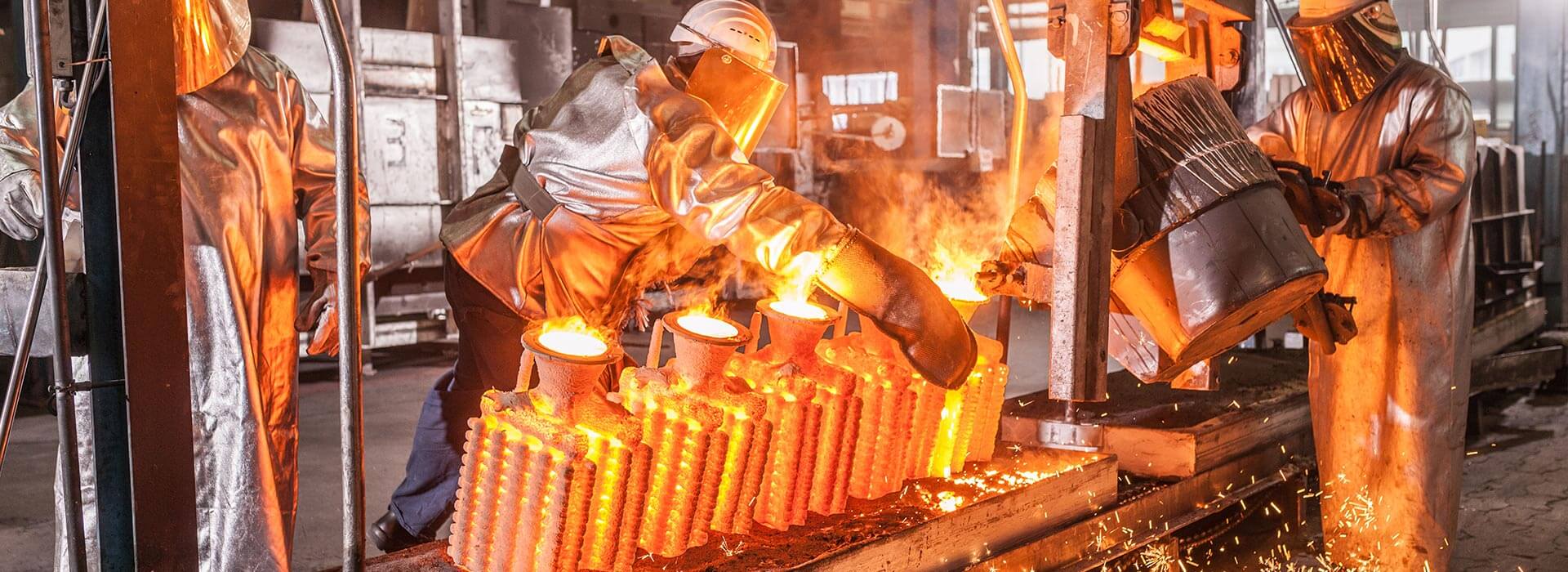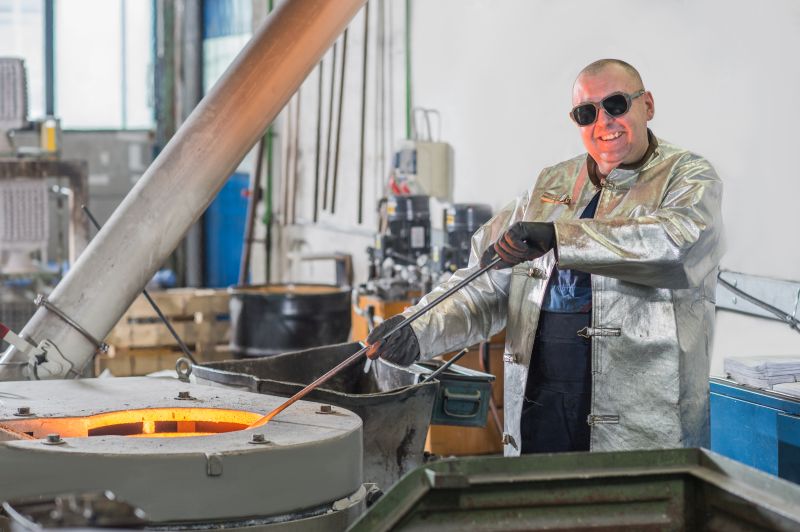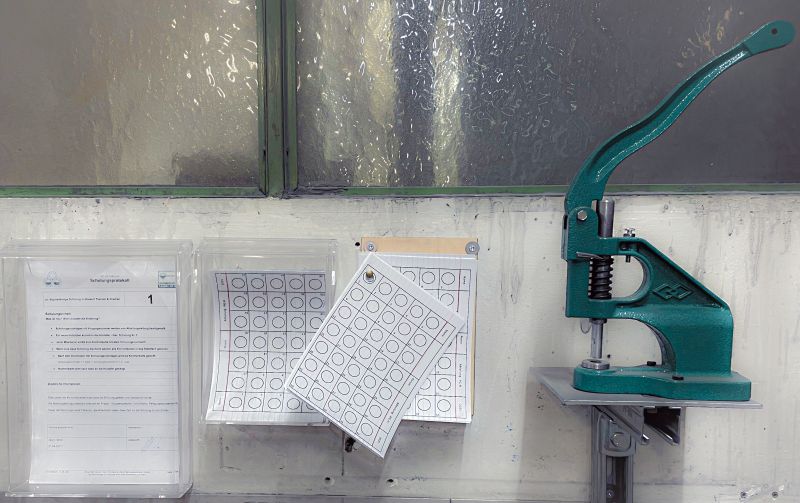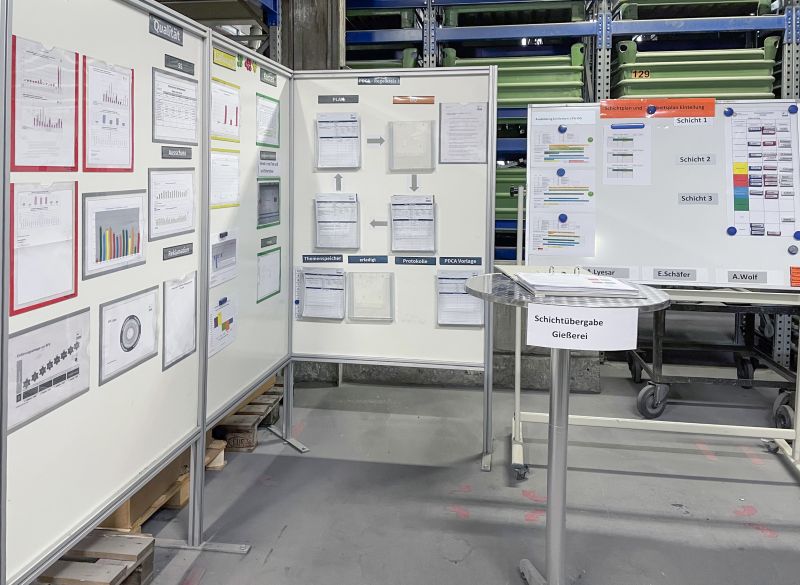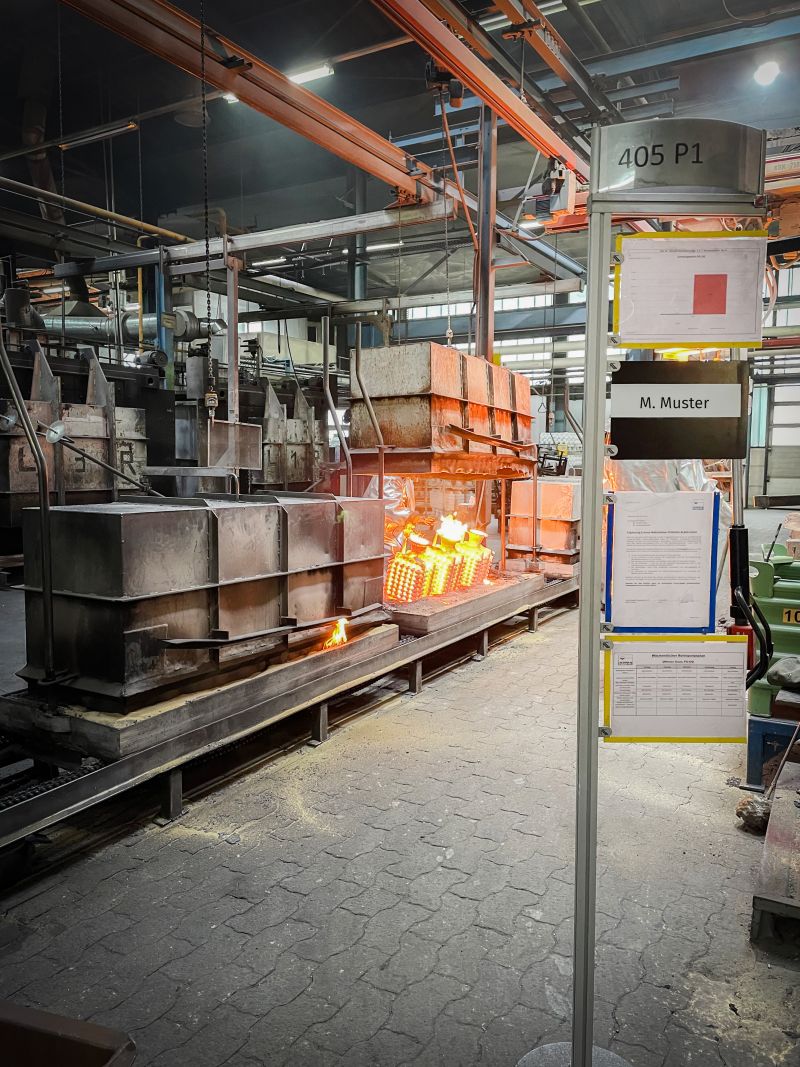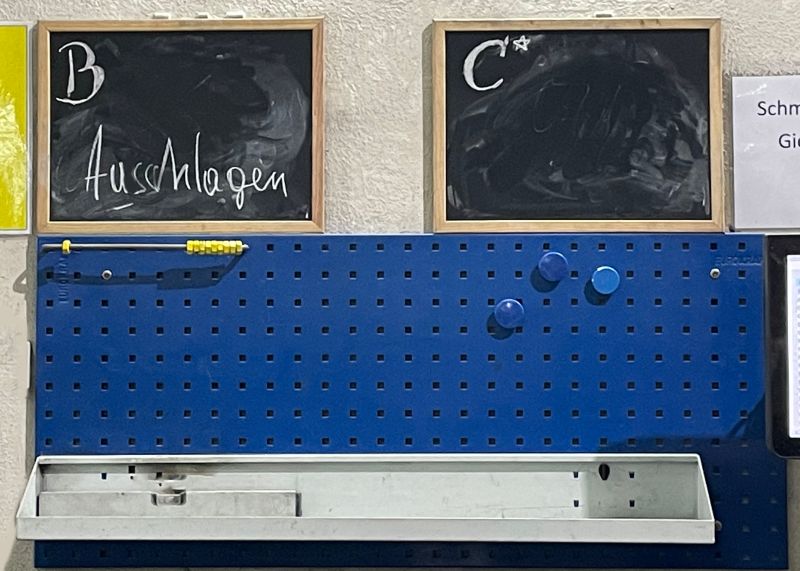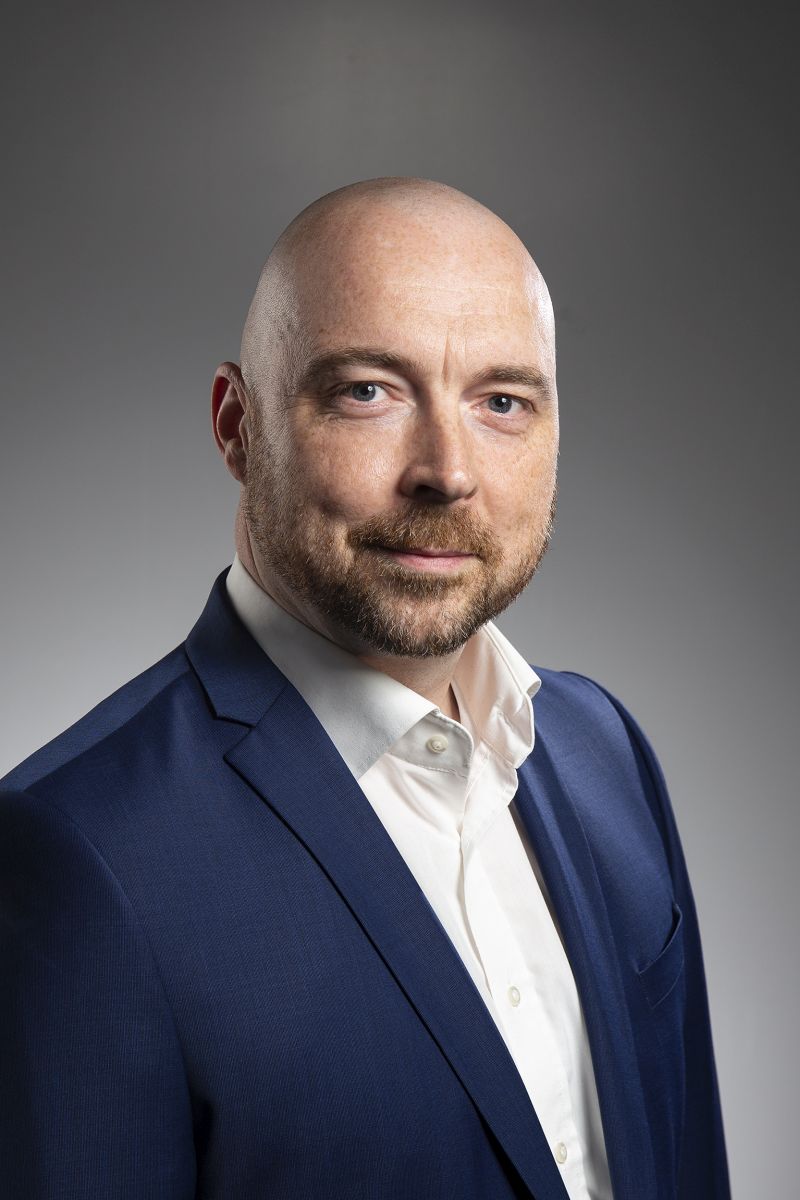"A change process can only work if you pick up the employees and actively involve them," says Peter Schäfer, Head of Investment Casting Production Unit 2 at the BLANK-Group. He demonstrated this by restructuring the casting processes in the company - and the success proves him right. The BLANK-Group presents three approaches that have led to significant improvements and thus changed the process flow in the long term.
Approach I: Transparency and communication
Changes and process adjustments do not always have to be rocket science. It often helps to remember the core process as well as the golden rule: communication and openness in dealing with the workforce. What sounds simple at first becomes a real challenge, especially in many medium-sized companies that have grown quickly. This is also the case at the BLANK-Group in Riedlingen. "What used to work in the "small official way" has now become more complex and has an impact on adjacent work processes," says Schäfer. In addition, the plants and kilns extend over different parts of the building, which makes consistent communication and coordination more difficult than in a building structure that was originally designed specifically for one activity. The result: it quickly becomes confusing - a no-go for safe production planning.
Peter Schäfer fought against this state of affairs and achieved a lot within a short time. Using the lean management approach, existing processes were examined and critically scrutinised under the premise of "What can be improved quickly?”. The result: a diverse package of measures that delivers high added value through many small improvements and increases employee motivation.
1. Create transparency
In order to increase transparency within the individual shifts, the workflow was fundamentally reorganised through a structural change. "Across the entire company group so-called group spokespersons were introduced for each shift. They schedule the employees on an assignment board," explains Peter Schäfer. In the case of the foundry, for example, there are the deployment fields "open casting", "roll-over process" or "multi-move robot".
2. Making information easily accessible
Peter Schäfer additionally established information displays in the casting area that provide information about the status of the individual plants. "Especially due to the structures that have grown over the years, it is not obvious at first glance what the total output of a plant is on a daily or shift basis. Here information boards with an integrated abacus help to show the number of castings made," says Schäfer, "An outlook is also possible in this way. The boards not only show the current status, but also what still needs to be done in the course of the week." The graphic representation also enables the group spokespersons to get a quick overview and, if necessary, to react quickly in case of deviations.
3. Improve communication
Open communication is the basis for successful cooperation. In the foundry, however, restrictions arise simply because of the work processes: The entire team of a shift cannot meet for a team meeting because the furnaces must always be occupied. But how is it ensured that the information nevertheless reaches all employees? Through short information paths, regular discussions and the integration of the new information boards this deficit could be eliminated quickly and easily. As a pilot project the department is additionally testing the proof of training via a ticket system. "The employees read the numbered training sheets and then "stamp" on their training card the information they received," explains Schäfer, "We have a quick insight via the cards if there is still a need to catch up. In addition, the topic of personal responsibility is again promoted here, because we rely on the conscientious training declaration of the employees."
